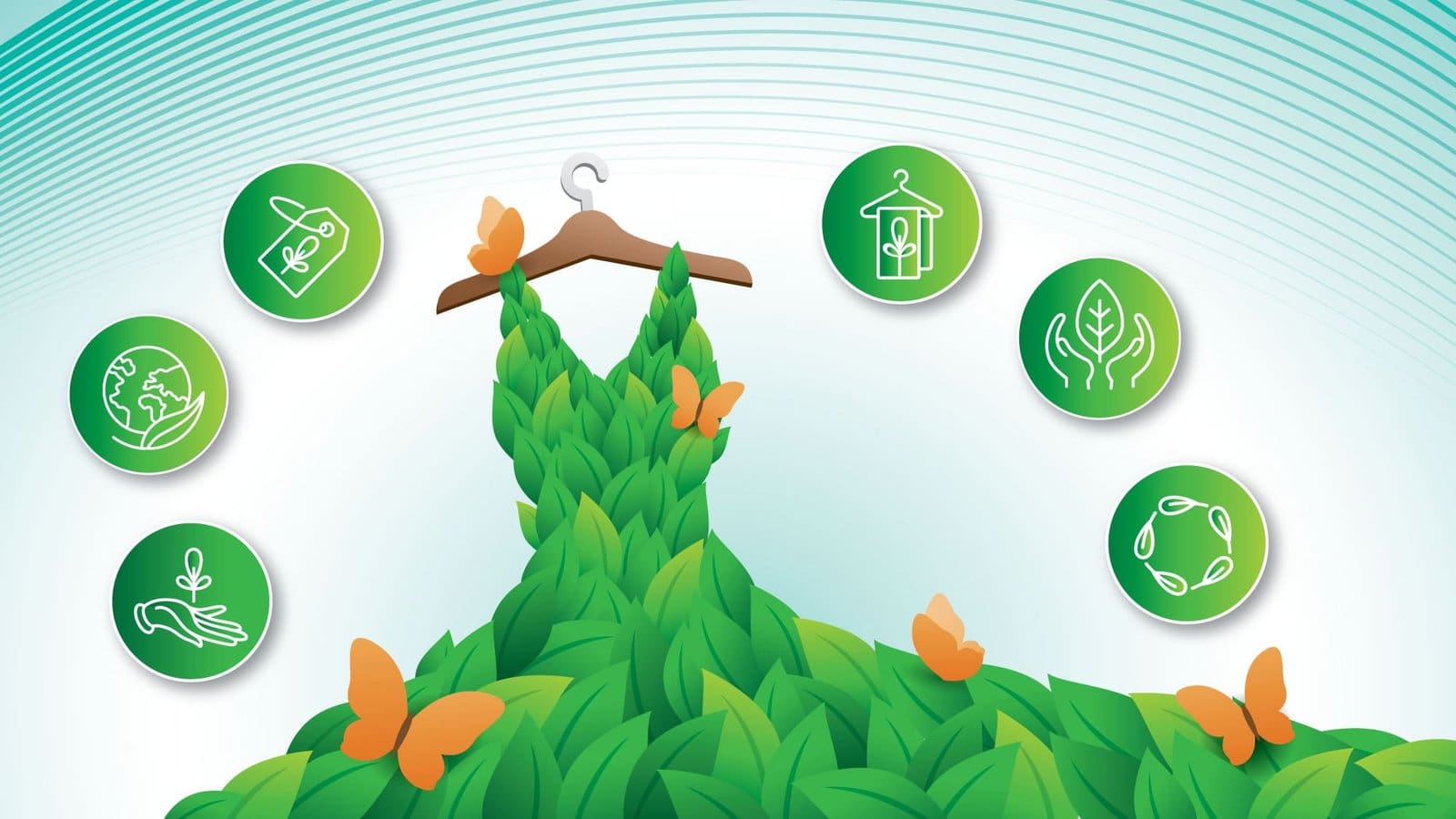The majority of fashion companies are taking action to include sustainable apparel, and they are doing this by giving garments a trendy twist based on current trends. As an illustration, the majority of fast-fashion shops are attempting to reduce their carbon footprints and move toward a sustainable future. A revolution is taking place throughout the production process as a whole. Manufacturers and merchants of clothing are choosing textiles derived from nature. There has been a significant decrease in the use of chemicals in fabric processing and dyeing. Closing the loop during the production process of a fabric ensures resource efficiency and conservation. Industries are implementing contemporary technology to lower their water usage.
Sustainable fashion in modern times
The goal of sustainable fashion is to create and realise a carbon-free industry based on social justice and ecological integrity. It is an all-encompassing word that includes products, processes, activities, the supply chain, and packaging. How damaging and intense the water usage and carbon emissions are during processing, as well as ensuring effective waste management at the pre- and post-consumer stage, are all key considerations when evaluating sustainable material components.
Recycling programmes are among the crucial measures that most businesses are putting into place. Our ecosystem has been under rising environmental pressure for a while now, which calls for a rethinking of our economic paradigm. This has compelled commercial companies all around the world to use natural resources more effectively and have a smaller overall environmental impact.
Solar energy is used by manufacturing facilities, which is excellent for preserving finite resources. By utilising technology, automating production, and creating more ecologically friendly packaging, fashion firms are now taking environmental responsibility seriously. Innovative packaging materials that firms are choosing include maize starch, glassine, hemp, and craft paper. To boost transparency, the use of traceability, the implementation of a blockchain-based supply chain, and the use of bacteria-based colours are all being considered.

